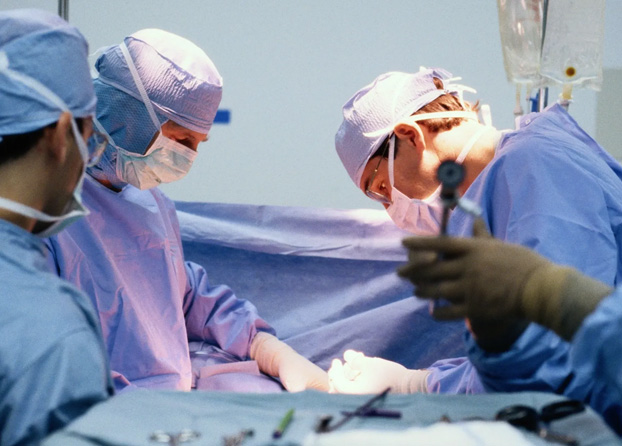If my new leather shoes rub against my heels?
Why do new leather shoes often rub against the heels? Blistering from new leather shoes is a common and annoying problem. This is mainly because the material of leather shoes, espe...
| Reorder No. | Size | Quantity |
| G1700 | 0.8''×2.4'' (2.1cm×6.1cm) | 40/50/Cs |
| G1701 | 1''×3'' (2.6cm×7.8cm) | 40/50/Cs |
| G1702 | 1''×3.3'' (2.7cm×8.5cm) | 40/50/Cs |
| G1703 | 1.2''×3.5"(3.2cm×9cm) | 40/50/Cs |
| G1704 | 1.5''×3.6"(3.9cm×9.1cm) | 40/50/Cs |
Product Introduction of Hydrocolloid Dressing For Nasal Catheter Fixation
Indignant nasal catheter is widely used in general surgery. The main ways of nasal catheter include nasogastric tube, nasojejunal tube and nasobiliary tube. Clinical often due to long-term use of tape, tape viscosity is reduced, the patient's activities, nasal secretions increase, sweating skin moisture, skin grease is secreted increase alar skin damage caused, such as increased risk of accident tube, shift, influence the treatment effect, increase the nursing workload, increase the pain of patients, increases the risk of medical expense and medical dispute.
In order to improve the stability of nasal catheter and give full play to the functions of various catheters, fixing nasal cannula with hydrocolloid wound dressing can improve the fixation effect of nasal catheter, and at the same time, it can give consideration to aesthetics and comfort.
Nasal pressure injury is a serious problem during nasotracheal intubation. The use of nasal protective dressings can reduce the incidence of nasal pressure injury during nasotracheal intubation.
Usually, hydrocolloid dressings are used for wounds such as pressure sores. The main functions of hydrocolloid dressings are to protect the wound surface, maintain a moist environment, absorb a small amount of exudate, inhibit infection and relieve pain. The findings suggest that hydrocolloid dressings reduce the incidence of nasal pressure injury primarily by reducing the pressure exerted by the endotracheal tube on the nose. However, maintaining a moist environment and inhibiting infection may also help reduce the incidence of nasal pressure injuries. Hydrocolloid dressings are soft, resilient, and inexpensive materials that are easy and safe to apply. Clinical studies have shown that the incidence and severity of nasal injuries such as full-thickness skin necrosis around the nostrils and columellar necrosis are significantly reduced with the use of hydrocolloid dressings.
- Thoroughly clean the wound and dry the wound skin before use.
- A hydrocolloid dressing approximately 2 cm wider than the wound edge should be selected to ensure sufficient adhesion to the skin.
- If the wound depth exceeds 5 mm, a suitable dressing should be selected to fill the cavity before applying a hydrocolloid dressing.
- This product is not suitable for wounds with heavy exudate.
- It is normal for the dressing to appear swelling and whitish after absorbing and swelling. When absorption is saturated, it is recommended to change the dressing.
- In the initial stage of using hydrocolloid dressings, sometimes it is found that the wound becomes larger instead, which is caused by dressing cleansing, which is a normal phenomenon.
- Due to the fusion of hydrocolloid molecules and exudate, a gel is formed. Sometimes it looks like a purulent discharge and is therefore mistaken for a wound infection. It will be fine after swelling the gel with normal saline.
- The use of hydrocolloid dressings sometimes produces a certain odor, which disappears after washing the wound with normal saline.
- If there is leakage around the dressing, change the dressing immediately.
Zhejiang Longterm Medical is a well-known China Hydrocolloid Dressing Nasal Cannula Fixation suppliers and OEM Hydrocolloid Dressing Nasal Cannula Fixation Company, specializing in the research and development, production and sales of high-end medical dressings. Our Hydrocolloid Dressing Nasal Cannula Fixation have passed the US FDA certification, German TUV ISO13485 certification, CE certification.
Founded in 2012
Land area
Production capacity
National Patent
Why do new leather shoes often rub against the heels? Blistering from new leather shoes is a common and annoying problem. This is mainly because the material of leather shoes, espe...
What is a boil? A boil, medically known as folliculitis or furuncle, is an acute bacterial infection of the hair follicle and surrounding tissue. The face, especially the area arou...
What is incontinence-related dermatitis? Incontinence-associated dermatitis (IAD) is an irritant contact dermatitis caused by prolonged or repeated exposure of the skin to urine an...
Why is it important to choose the right wound cleaning solution? Wound cleaning is the most basic and crucial step in wound care. Its purpose is not only to remove surface dirt and...
What is a urostomy? A urostomy is a surgical procedure that redirects urine flow from the body, typically used when the bladder is unable to function properly due to disease or inj...
What is skin aging? Skin failure is a clinical concept referring to the progressive and irreversible decline in the structure and function of the skin due to a variety of intrinsic...
Can children also suffer from stress injuries? Many people mistakenly believe that pressure injuries, commonly known as pressure sores or bedsores, only occur in elderly people who...
What are the main types of skin and soft tissue injuries? Soft tissue injuries, simply put, are wounds, a common problem in our lives. But did you know that wounds are not all the ...

Our solutions start with a need. Patients and healthcare professionals inspire us to design medical solutions for wound management, surgery and pressure ulcer prevention. We want to enhance performance at every point of care – from the operating room to the home.
 Address
AddressOffice:No. 277, Shuangshan Road, Deqing County, Huzhou City, Zhejiang Province, China
 Phone
PhonePhone:0086 15157187579
 Email
EmailEmail:export@longterm-health.com
 Manager
ManagerManager: Wendy shi
 Telephone
TelephoneTelephone: 0086-571-88160893